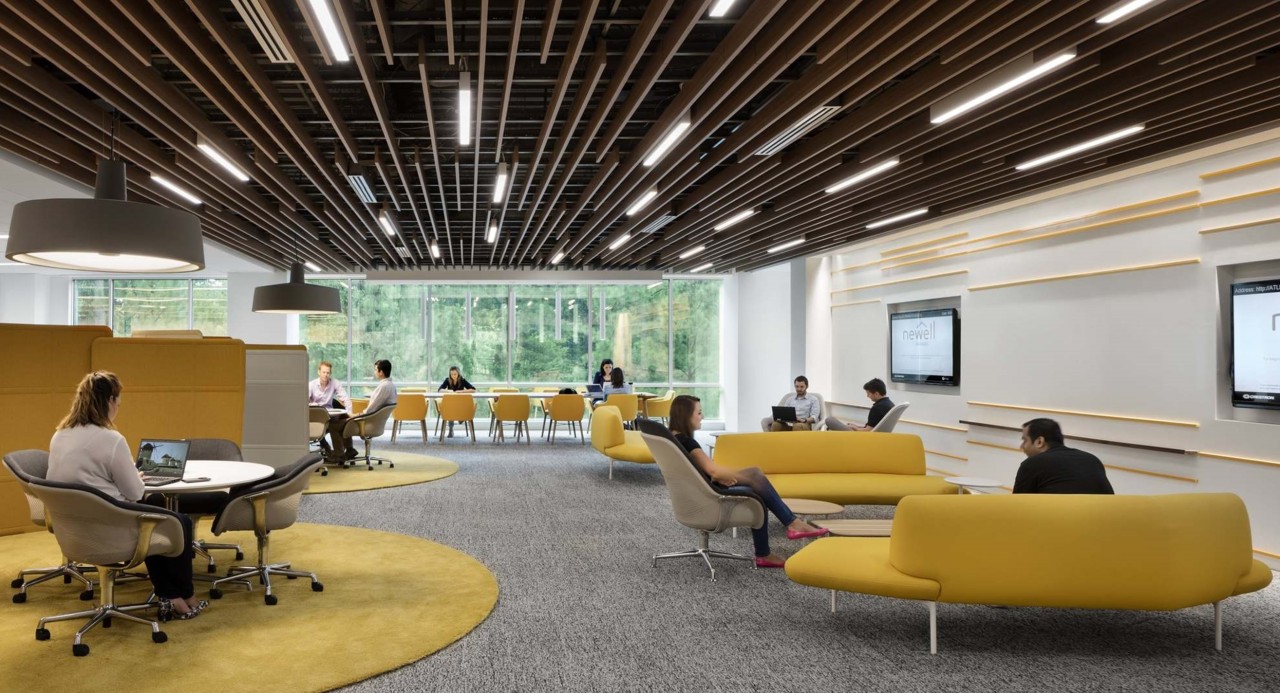Maintaining a healthy indoor environment in an office is important for maintaining productivity, comfort and protecting the health of employees. The fact that modern offices are largely enclosed means that natural air exchange is restricted, making high quality ventilation systems an essential consideration in their design. These include heat recovery ventilation systems, which can provide a constant supply of fresh air while improving energy efficiency. Let’s talk about what an office ventilation system should look like.
Why is Heat Recovery Ventilation Important in Offices?
Inadequate ventilation in today’s workplaces can have a number of undesirable effects, including increased relative humidity, carbon dioxide pollution and oxygen deficiency, which inevitably affect employee concentration and efficiency. Heat recovery ventilation systems not only provide a continuous supply of clean air where they are installed, but also allow heat to be retained indoors during cold winter days and low temperatures to be maintained during hot summer months.
The benefits of heat recovery:
- Energy conservation. Heat recovery systems can retain up to 90% of energy utilized for heating or cooling .
- Perpetual availability of fresh air always. This guarantees a constant flow of oxygen into the room to regulate CO₂ concentration.
- Adjustment of appropriate humidity levels. Through heat recovery systems both low and high humidity can be avoided which ensures best working conditions.
- Removing dust particles and allergens. It helps people with allergies because heat recovery system filters are good at eliminating particulate matter present in the air.
How to Choose a Ventilation System for Your Office?
The right ventilation system should take into account the size of the office, the number of employees, the type of space, and its usage. The main goal is to provide adequate air exchange without excessive energy consumption. It’s important to pay attention to the efficiency of heat recovery, as this helps maintain a comfortable temperature without additional heating or cooling costs.
Ecostream’s tips for choosing a ventilation system:
- Office Size and Number of Employees. It’s essential to calculate how much air is needed to ensure a healthy climate, considering the number of people who are regularly in the office.
- Filtration Efficiency. Choose systems with high-quality filters that can clean the air of dust, allergens, and other pollutants.
- Automatic Regulation. Systems that automatically adjust airflow based on CO₂ levels or humidity ensure a stable, comfortable climate while saving energy.
Additional recommendations:
- Regular Maintenance. Cleaning filters and maintaining the system will help keep its efficiency high and extend its lifespan.
- Air Distribution. Ensure that air is evenly distributed throughout the office space to avoid areas with stagnant air or excessive CO₂ concentration.
The Influence of Good Ventilation on Staff Health and Performance
A good ventilation system has a considerable impact on employee physical and psychological well-being. With right air at optimum temperature and humidity, people perform better while cases of migraines, exhaustion etc. are minimized. According to studies, improving office ventilation decreases the absenteeism due to illness and increases productivity by 10 -15%.
When using a Ventilation system with heat recovery in offices, it becomes clear that apart from providing a healthy indoor environment, it also saves energy hence making it an advantageous long-term investment.
